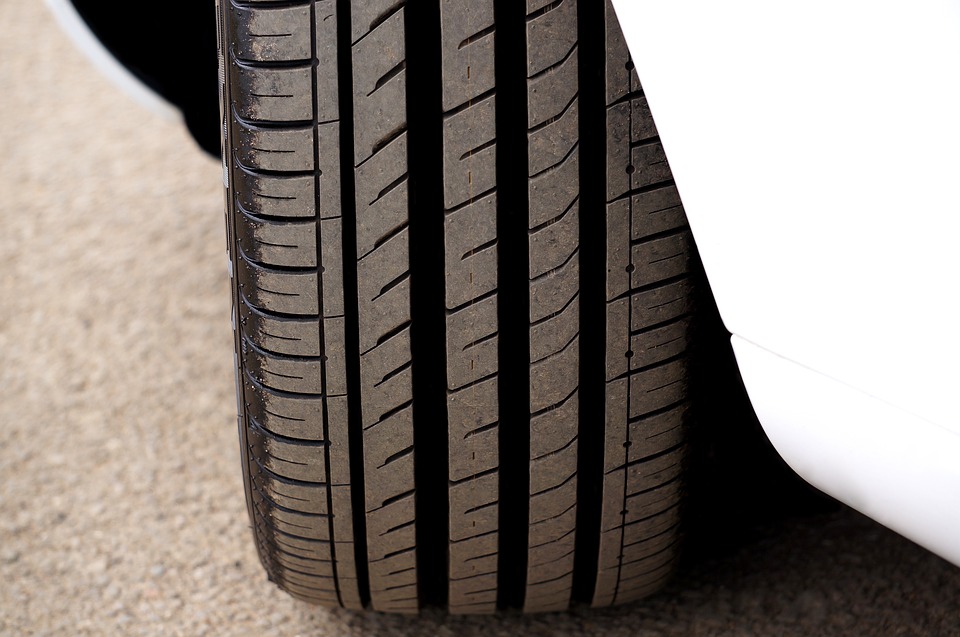Essential Tyre Maintenance Tips

Tyre Maintenance
Looking after your car is vital no matter whether you drive long distances every week or just do a few miles each month. Your tyres are responsible for a great deal of your safety and comfort on the road and should be looked after with appropriate care. Here are some basic facts about your tyres and how to maintain then that everyone should know.
Visual Inspection
The best way to check your tyres is the most simple one – look at them. Get into the habit of checking your tyres out once a week or once a fortnight. Use a bright torch and visually go over every inch of the tyres, checking the sides as well as the tread – the surface that touches the road. Deep treads are vital for keeping your car safe on wet roads so make sure that they are always legally compliant with no part of the tread allowed to be less than the safe minimum.
Be Puncture Ready
No matter how carefully you drive and how well you look after your vehicle, punctures can happen at any time. Learn how to change a tyre, and even practise on your own vehicle – you do not want to take any chances with not knowing exactly what to do in the event that you have to change a tyre for real. When you service your vehicle or perform maintenance tasks on your tyres, be sure to include your spare tyre in these checks.
Know Your Pressure
Always keep your tyre pressure at the right level. Check it every two weeks or so when you are filling up with fuel. If you overfill your tyres, they can become weakened and burst readily, especially if the temperature rises or falls sharply. Underinflating your tyres is equally a problem causing the car to burn more fuel and cause increased friction which can worsen wear and tear on the vehicle. Recommended tyre pressure levels can be found in the owner’s manual or on the tyre wall.
If you are loading your car – lots of people and suitcases or furniture and roof boxes – you should adjust your tyre pressure. Again check your manual for the recommended levels.
Care With New Tyres
Always drive carefully on new tyres until they have bedded in properly. This can take a few weeks, after which time the slippery chemicals used to stop the tyres from sticking in the mould should have worn off, and any defects in the tyre would have presented themselves. There is a misconception that new tyres must be strong, and that this is the best time to test your tyres, but this is not true.
Fun Fact!
Fun fact to close with: the tyre
that attracts the most wear is that on the front left. This is because we drive
on the left-hand side of the road: the camber of the roads while going straight
and turning, tends to subtly push more weight onto the front and the left. So –
very broadly speaking – if your front left tyre is in good condition, the
others should also be in good nick!
However take your car to the professionals and let them guide you what measures need to be taken. Fife Autocentre provides its customer with best tyres in Stirling, explore their website now.







